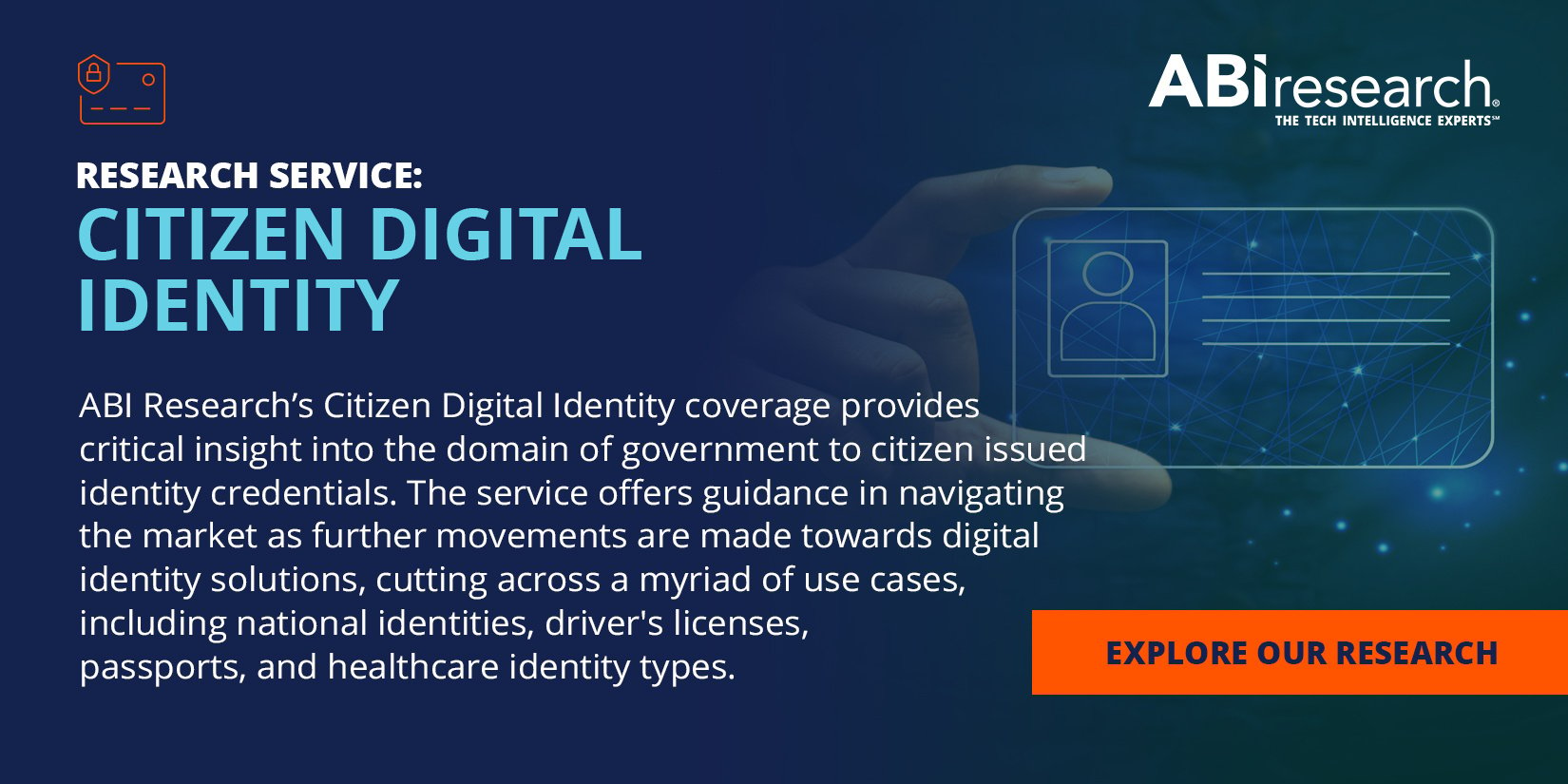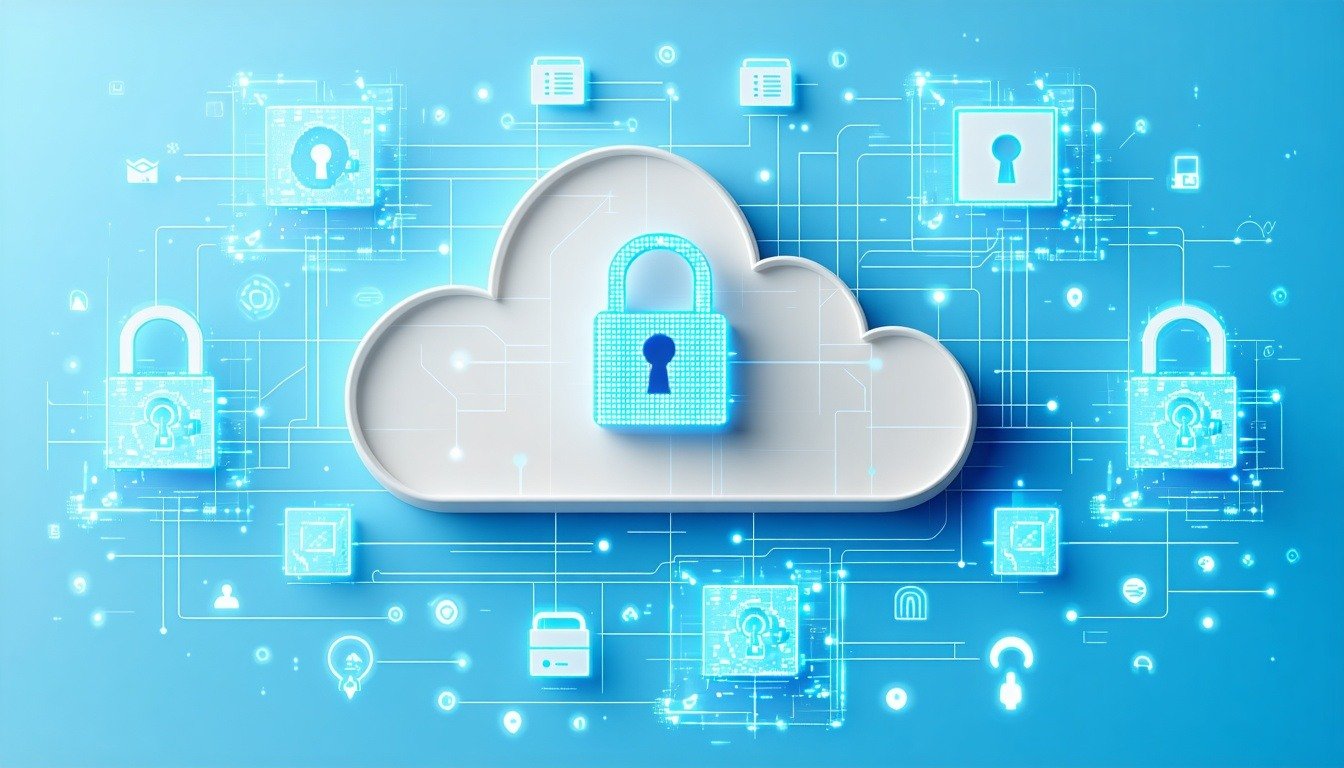The role of biometrics is more critical than ever.
Cybercrime continues to rise, and so does the threat of citizens' credentials being stolen.
As physical files become more digital, people require effective security systems to authenticate user access to government-issued documents (national ID cards, passports, driver's licenses, and tax ID cards).
This stolen information can cause major trouble for governments and end users. Implications extend to taxation, voting, healthcare insurance, loan applications, government benefits, business registration, etc.
In this article, you'll read about five types of biometrics that help confirm a user's identity and prevent all these problems.
But first, let's put a definition behind biometrics and identify the benefits of biometric solutions.
What Is Biometrics?
Biometrics is defined as the unique physical and behavioral characteristics of someone that allow for contactless identification of a user. Often, biometrics are biological markers, such as facial shape, fingerprints, voice/speech, iris, and veins. Those are the most commonly known biological-based biometrics, but other markers are used for identity authentication, such as ear shape and even odor. Behavioral characteristics used in biometric authentication include things like lip movement, location, keystrokes on a device, etc. The goal of using biometrics is to protect users from having their citizen identities stolen or having their accounts accessed without authorization.
Benefits of Biometrics
One of the most significant benefits of biometrics for identity authentication is convenience. The days of an individual having to remember a password or Personal Identification Number (PIN) code are over. Biometric authentication requires a facial scan, fingerprint scan, or another passive form of identity authentication.
Another significant advantage placing biometric technology on an upward trend in adoption is enhanced digital security. An individual's unique physical features are challenging for cybercriminals to mimic. This makes biometric-based identity confirmation a superior safety measure.
According to Onfido's 2023 Identity Fraud Report, the average fraud rate for biometrics is very low because the technology adds immediate friction to the cybercriminal's efforts to steal an identity.
And this greater sense of privacy/security encourages citizens to enroll in online government identity programs.
Next, we'll look at the first kind of biometric technology used for identifying individuals.
You can get the short version by watching the YouTube video below.
Facial Recognition
Facial recognition is one of the most common forms of secure biometric authentication. It’s often used as a standalone security solution.
To put it simply, facial recognition technology involves a citizen's smartphone camera capturing their face and confirming the individual's identity by analyzing facial geometry and measurements. This method establishes the user's identity if the facial geometry matches what's stored in the organization's database. The user’s facial features are typically uploaded to a platform during enrollment.
Fortunately, many smartphone users already use facial biometric technology, making the enrollment process more seamless. Anything that can minimize friction to identity authentication is a plus for governments trying to digitalize further.
On the downside, this type of biometric authentication will inevitably result in false rejections over time as people's faces change with age. Eventually, the citizen may have to re-enroll in the biometrics recognition system to continue using the digital identity solution.
Moreover, it should be noted that this form of identity authentication is virtually useless for individuals who cannot present their faces due to religious or cultural reasons.
Related Analyst Insights:
Biometrics Trends in 2023 – Smartphone Capability, Key Applications, and a Need for Mobility
Securing Payments through Biometrics: Help or Hindrance?
Fingerprint Scanning
Fingerprint scanning is ubiquitous in identity authentication. This technology is used either as the only biometric identifier type or as an additional security layer in a multi-factor approach. According to research published by IEEE, about 75% of people are comfortable using a fingerprint scanner for identity authentication.
Typically, "flat" fingerprint biometrics, as they are called, are captured by pressing one's fingers against a reading device. Authenticating someone’s identity with this method is straightforward enough if the registry is done in person.
However, remote use cases for a fingerprint scanner are more complicated. In this method, a "3D" fingerprint is captured by a photograph, which can lead to misalignment with the biometric engine. The result is a false error.
To remedy this issue, there's considerable effort being put into developing transformative technologies that can securely translate these fingerprint recognition data in a way that enables compatibility with existing flat registries.
Voice Recognition
Identities can also be authenticated with voice recognition. Mobile devices embedded with voice recognition capabilities can listen to the sound of the user’s voice to ensure it matches the audio sample on file. This kind of biometric-based verification is commonly used in e-commerce and banking.
Voice is a biological marker and is as unique as your fingerprint or iris, meaning it’s very difficult to mimic a user’s speech, and vocal biometric systems are highly secure and curb cyber threats. Moreover, voice recognition verification is user-friendly, accurate, and cost-effective.
Behavioral Biometrics
In the banking industry, a space from which citizen IDs often take cues, behavioral biometrics is an often-used method for confirming a user’s identity. Regarding citizen identity authentication, this type of biometric technology can be used as an additional security measure in combination with some of the more traditional forms of biometrics.
Behavioral biometric solutions create a user profile based on an individual's behavioral characteristics when interacting with their device (s). As examples of behavioral data collected, think of unique keystrokes made on a smartphone, a user's typical location when using the app, gait biometrics, and lip movement.
By assessing these data, a biometric system can better predict which behaviors are consistent with the individual. Therefore, if user behavior is inconsistent with "normal" patterns, the user will be alerted about possible fraud.
Iris Recognition
Although niche, iris recognition is one of the most secure and future-proof forms of identity authentication. Impressively, iris scanners are shown to be as much as 99.59% accurate, highlighting how reliable this technology is in safeguarding digital identities.
In the context of identifying individuals, iris recognition requires a mobile device camera capable of scanning the user's eye with infrared light.
Often used alongside facial recognition technology, iris scanning is convenient for confirming a citizen's identity because the characteristics of an iris remain the same throughout one's lifetime.
And compared to fingerprint sensors, false rejections are less frequent with iris biometrics.
Vein Recognition
Vein recognition, like iris recognition, is incredibly secure for identity authentication. This biometric technology recognizes the unique patterns of a user’s veins. Vein biometrics has been used in the banking industry since 2004.
So, what makes vein recognition so useful for authenticating someone’s identity?
Since blood vessels are sub-dermal, it's nearly impossible to spoof vein recognition. Fujitsu, a Japanese technology leader researching and developing biometric solutions, claims vein biometrics produces a less than 0.00008% false rejection rate in identity authentication.
Vein pattern recognition requires the user to have a smartphone or tablet equipped with a near-infrared camera. Moreover, the camera must be capable of detecting the unique patterns of palm, finger, or even eye veins. After capturing the photo of the veins, the biometric software will compare the imagery with the vascular features on file.
Conclusion
Without employing a biometric security system, the process of confirming a user's identity in online settings is vulnerable to the following cyberattacks:
- Impersonation attacks
- Presentation attacks
- Digital injection attacks
Biometric data is an excellent benefit for authenticating identities. More than 85 countries are already implementing some form of mobile government. As governments increasingly build mobile apps and portals for citizen identity, the demand for secure biometrics will surge.
If you want to learn more about this topic, read our Matching Government Biometrics Systems vailing Digital ID Trends Research Highlight.




